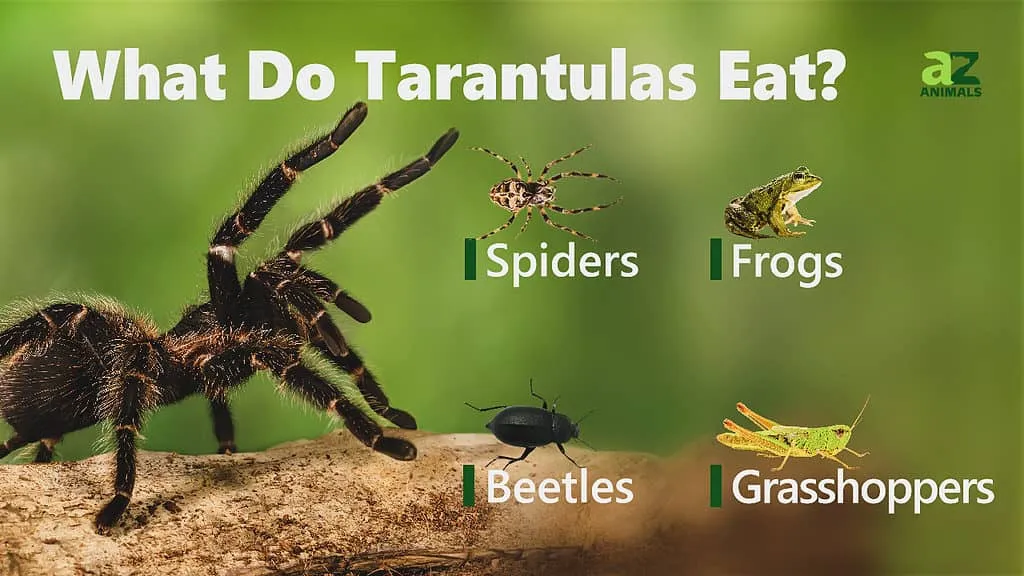Tarantulas Eating Habits Overview
Tarantulas, with their impressive size and captivating presence, are a favorite among exotic pet enthusiasts. But beyond their striking appearance lies a fascinating world of eating habits. Understanding where a tarantula eats, what it eats, and how it consumes its meals is crucial for anyone considering keeping one as a pet or simply curious about these intriguing creatures. This guide dives deep into the top 5 facts about the eating habits of tarantulas, providing valuable insights into their dietary needs, feeding behaviors, and the unique adaptations that allow them to thrive.
The Anatomy of a Tarantula’s Mouth
Before diving into the specifics of their diet, it’s helpful to understand the anatomy that allows tarantulas to eat. Unlike many other animals, tarantulas don’t have jaws for chewing. Instead, they have specialized mouthparts designed for both capturing prey and consuming it in a unique way. This adaptation plays a vital role in how and where tarantulas eat.
Chelicerae & Fangs
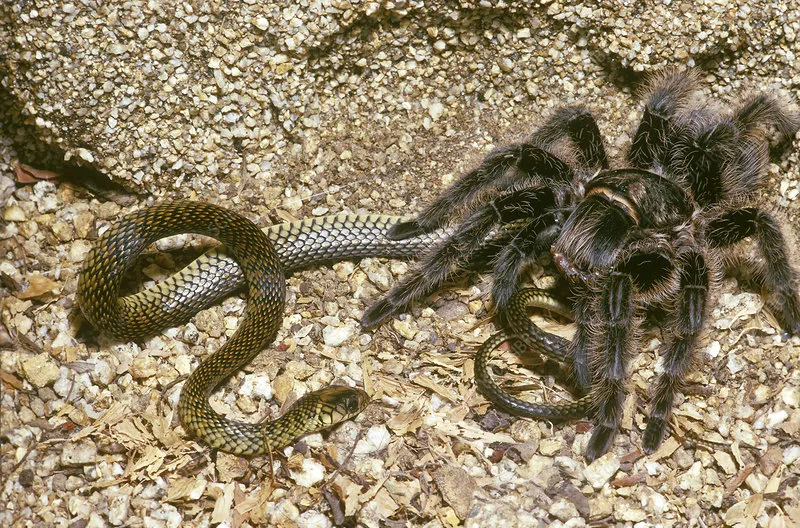
The most prominent mouthparts are the chelicerae, which are located in front of the mouth. Each chelicera is tipped with a sharp fang. These fangs are primarily used to inject venom into their prey, immobilizing it. The chelicerae also play a role in tearing and manipulating food items, though they don’t chew in the traditional sense. Understanding the function of the chelicerae and fangs offers insight into the efficiency with which tarantulas hunt and prepare their food.
Digestive System
Tarantulas have a specialized digestive system that is designed to handle their unique feeding style. They do not have the capacity to consume solid food. Instead, their digestive system is adapted to liquefy their prey. Digestive enzymes are released onto the food, breaking it down into a liquid form that the tarantula can then suck up. This process is central to the tarantula’s eating habits, allowing them to extract nutrients efficiently.
What Do Tarantulas Eat in the Wild?
In their natural habitats, tarantulas are opportunistic predators, meaning they eat whatever they can catch. Their diet primarily consists of insects and other invertebrates, but can also include small vertebrates. The specific composition of their diet varies depending on the tarantula’s size, location, and the availability of prey. Understanding the natural diet of a tarantula helps to provide a suitable diet in captivity.
Insects as a Staple
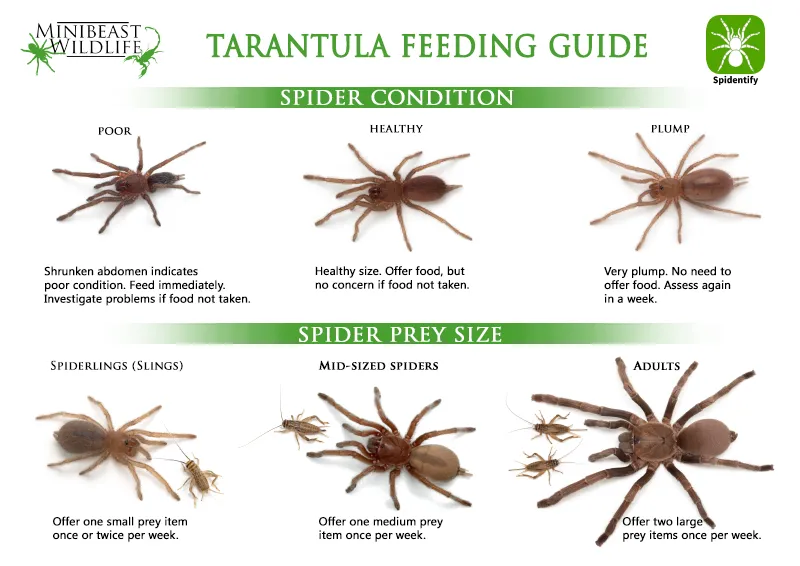
Insects form the cornerstone of a tarantula’s diet. Crickets, mealworms, and cockroaches are common prey items, providing essential nutrients for growth and energy. The size and type of insect a tarantula consumes depend on its size and age. Smaller tarantulas are fed smaller insects. As they grow, they can tackle larger prey. The insect’s exoskeleton also provides a good source of fiber, which helps with the digestive process.
Other Prey
While insects are the primary food source, larger tarantulas may occasionally prey on small vertebrates like lizards, frogs, or even small rodents. These larger meals are less frequent but can provide additional protein and nutrients. The ability to consume a variety of prey items demonstrates the tarantula’s adaptability and its role as an apex predator in its environment. However, in captivity, it’s best to stick to insects for a balanced diet.
Where Do Tarantulas Eat Their Food?
Tarantulas often eat in a particular spot within their enclosure or burrow. Unlike some animals that eat in groups or specific locations, tarantulas are typically solitary eaters. The location they choose is often one where they feel safe and secure. This preference highlights their instinctual behavior and their need for a stress-free environment when feeding. It’s important to replicate this in captivity to ensure their well-being.
The Mealtime Routine
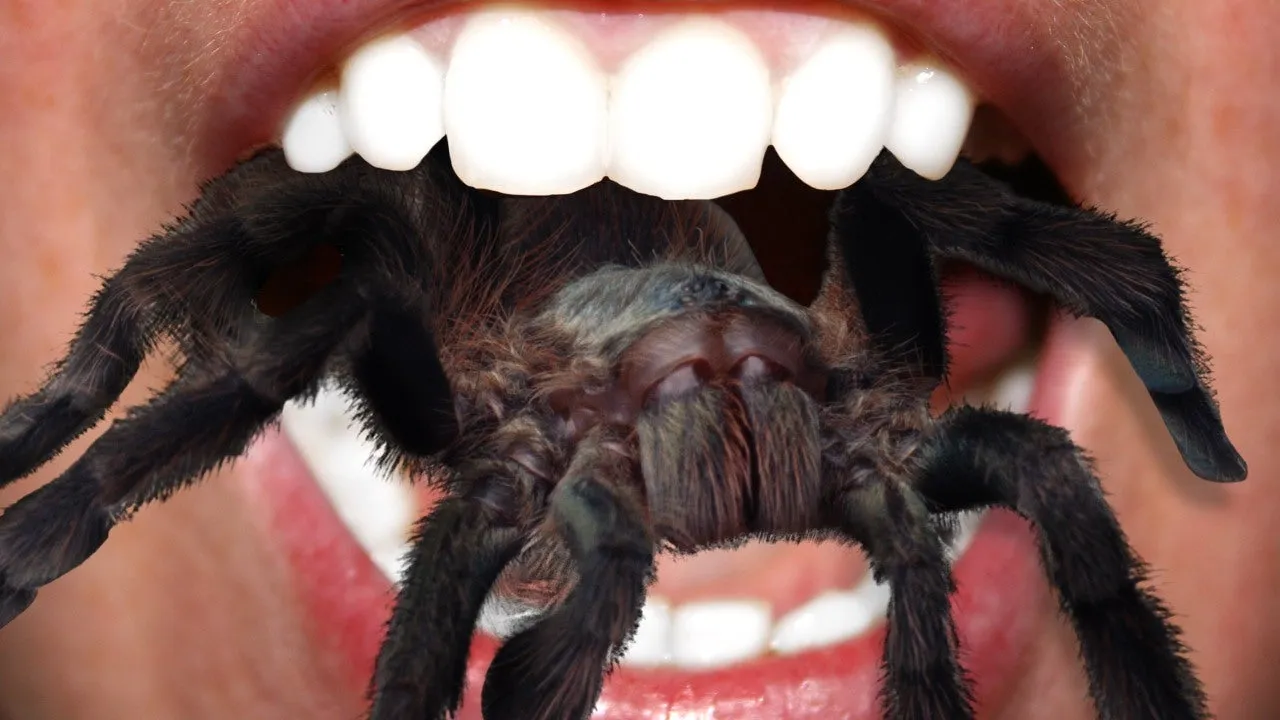
In the wild, tarantulas will often drag their prey back to their burrow or a secluded spot before beginning to eat. In captivity, they might eat in a specific corner of their enclosure. They typically hold the prey with their chelicerae while injecting venom and then begin the process of liquefying and consuming the meal. This routine allows them to eat without being exposed to predators or potential threats. It’s essential to ensure the tarantula feels safe during feeding time.
The Importance of a Quiet Environment
Tarantulas prefer to eat in a quiet, undisturbed environment. Loud noises, sudden movements, or the presence of other animals can stress them out and disrupt their feeding behavior. Creating a calm environment is crucial for the tarantula’s well-being, allowing them to feel secure and enjoy their meals. Ensure their enclosure is in a location that is not overly noisy or busy, and avoid disturbing them during feeding.
How Tarantulas Consume Food
The process by which tarantulas consume their food is as unique as their appearance. They don’t chew their food. Instead, they rely on a combination of venom, digestive enzymes, and suction to obtain their nutrients. Understanding this process provides insight into their feeding mechanisms.
The Process of Liquefying Food
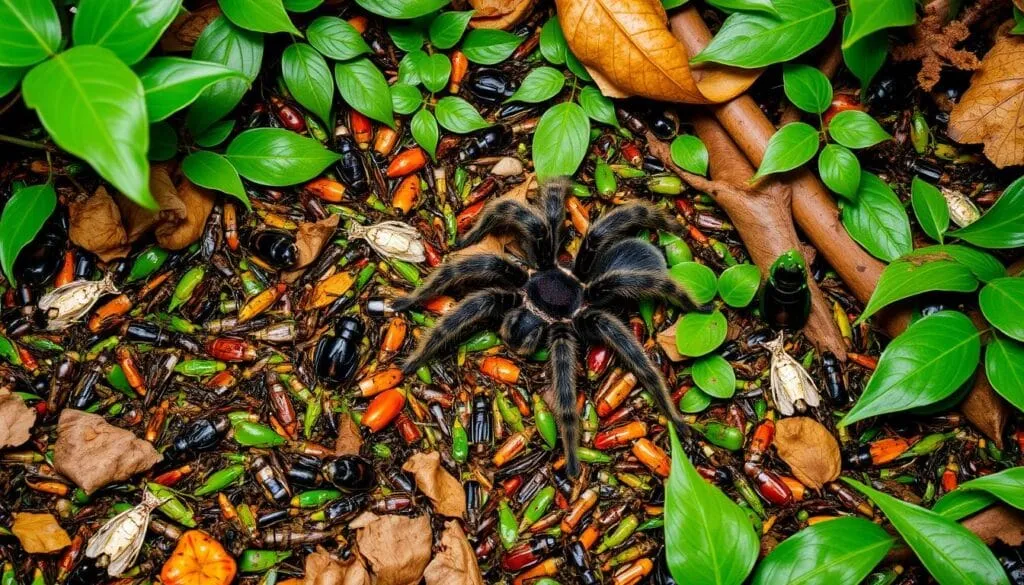
Once a tarantula has caught its prey, it injects venom to paralyze it. The venom also begins the process of breaking down the prey’s tissues. Digestive enzymes are then released onto the prey, further liquefying the internal organs and other soft tissues. The tarantula then uses its mouthparts to suck up the resulting liquid, leaving behind the undigested exoskeleton. This process allows the tarantula to efficiently extract nutrients without the need to chew or swallow solids.
Nutritional Needs
Like all living creatures, tarantulas have specific nutritional needs that must be met to ensure their health and longevity. Providing a balanced diet in captivity is essential. Proper nutrition supports growth, molting, and overall well-being. Understanding these needs helps in providing the best care for your tarantula.
Vitamins and Minerals
Tarantulas require a variety of vitamins and minerals to stay healthy. The insects you feed your tarantula should be gut-loaded. This means they should be fed a nutritious diet prior to being offered as food. This ensures that your tarantula gets essential vitamins and minerals. Calcium is especially important, as it aids in the molting process. Supplementing with calcium powder or providing insects that have been properly gut-loaded helps meet these requirements.
The Significance of Water
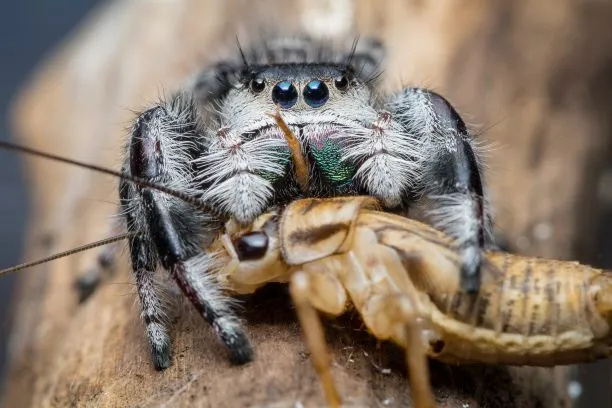
Water is crucial for a tarantula’s survival. They get some water from their food, but it’s essential to provide a constant supply of fresh water in their enclosure. This can be done using a shallow water dish or a water-filled sponge. Regular misting can also help maintain humidity and ensure the tarantula stays hydrated. Clean water is as important as a balanced diet, contributing to their overall health and well-being.
Final Thoughts
Understanding where and how tarantulas eat is key to providing proper care. From their unique mouthparts to their specialized digestive systems and dietary needs, every aspect of their eating habits is fascinating. Providing a safe, quiet environment, a varied diet of appropriately sized insects, and access to fresh water is essential for the health and happiness of your tarantula. By understanding these eating habits, you can appreciate the captivating behavior of these amazing creatures.
